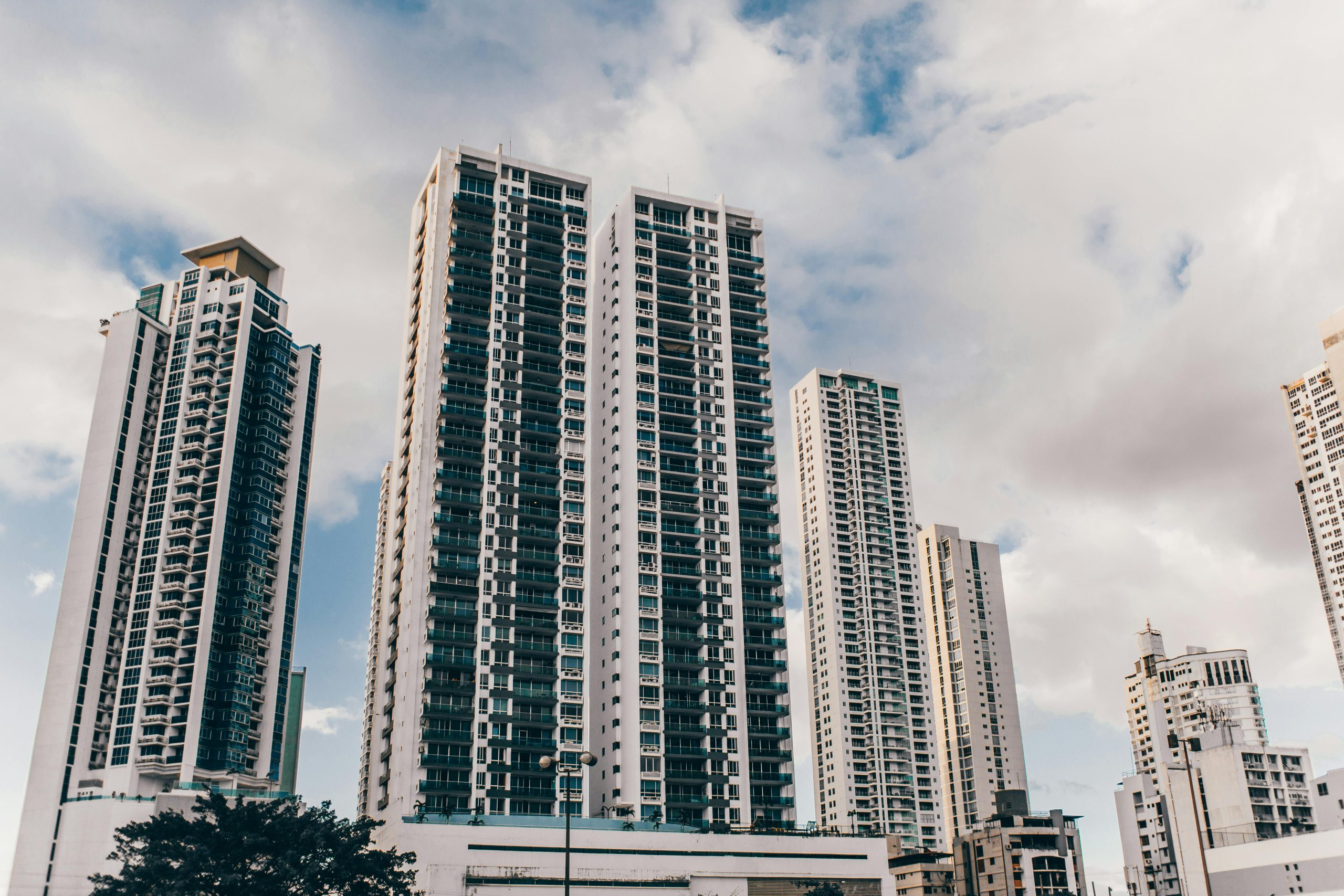Delhi’s Vertical Slums: High-Rise Solutions for Horizontal Crises
Delhi, the bustling capital of India, is home to over 18 million people. With a rapidly growing population and limited space, the city is facing a serious housing crisis. The high demand for affordable housing has led to the emergence of vertical slums, towering high-rises that are packed with low-income families. These towering slums have become a common sight in Delhi, and are a stark representation of the city’s horizontal housing crisis. But amidst the chaos and the towering slums, there is a glimmer of hope – high-rise solutions that can offer a better and more sustainable housing solution. In this article, we will delve into the issue of Delhi’s vertical slums and explore the potential of high-rise solutions to address the city’s horizontal housing crisis.
The Rise of Vertical Slums in Delhi
According to a report by the Centre for Science and Environment, the number of slums in Delhi has increased from 1,235 in 1976 to a staggering 3,165 in 2013. The rapid growth of slums can be attributed to a number of factors, including urbanization, increasing migration, and lack of affordable housing options. In their search for affordable housing, many low-income families have been forced to settle in high-rise slums, often in unsafe and overcrowded conditions. These slums not only lack basic amenities such as water, sanitation, and electricity, but also pose a threat to the health and safety of its residents.
The Consequences of Horizontal Housing Crisis
The horizontal housing crisis in Delhi has had severe consequences for its residents. The rapid growth of slums has led to a strain on the city’s resources and infrastructure. The lack of proper sanitation facilities has resulted in the spread of diseases, while overcrowding has led to a rise in crime rates. The lack of adequate housing has also affected the quality of life of its residents, with many living in cramped and unsanitary conditions. Furthermore, the horizontal housing crisis has also contributed to the city’s traffic congestion and pollution, as more and more people are forced to live on the outskirts of the city and commute to work.
The Potential of High-Rise Solutions
In recent years, there has been a growing trend towards vertical development in Delhi. High-rise buildings are being constructed as a response to the city’s housing crisis. These high-rises offer a more efficient use of limited space and can accommodate a larger number of people. Moreover, high-rise buildings can offer modern amenities such as elevators, security systems, and recreational facilities, which are often lacking in slums. By providing affordable and sustainable housing, high-rise solutions have the potential to alleviate the horizontal housing crisis in Delhi.
Challenges and Solutions
While high-rise solutions offer a promising alternative to the horizontal slums in Delhi, there are also challenges that need to be addressed. One of the key challenges is the cost of construction, which often makes high-rise apartments unaffordable for low-income families. To overcome this challenge, the government can provide subsidies and incentives to developers to encourage the construction of affordable high-rise apartments. Another challenge is the lack of land for construction in the city. This can be addressed by redeveloping existing slum areas and utilizing vertical space effectively.
The Way Forward
The high-rise solutions for Delhi’s horizontal housing crisis are still in their nascent stage. However, there is a lot of potential for this model to be successful in providing affordable and sustainable housing for the city’s residents. It is crucial for the government to take proactive measures and work towards creating an enabling environment for the development of high-rise solutions. This can include better infrastructure and transportation, affordable financing options, and policies that promote vertical development. By addressing the horizontal housing crisis, high-rise solutions can play a pivotal role in transforming Delhi’s slums into vibrant and livable communities.
In conclusion, Delhi’s vertical slums are a manifestation of the city’s horizontal housing crisis. While they pose significant challenges, high-rise solutions offer a ray of hope for a better and sustainable housing solution in the city. The need of the hour is for the government and other stakeholders to come together and work towards building a more inclusive and livable city, where everyone has access to safe and affordable housing.











